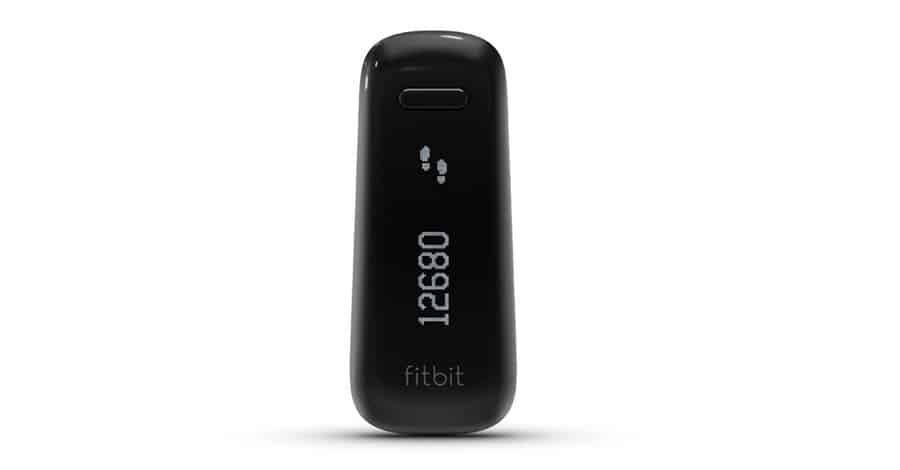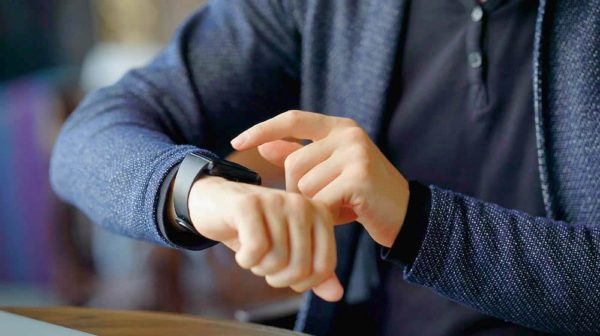Why I switched from the Fitbit Force to the Fitbit One
People who talked to me or attended one of my classes in the past year or two probably noticed a Fitbit Force on my wrist. I wouldn’t go anywhere without it. In fact, I frequently bragged about how good it was.
SEE ALSO: Why the Fitbit is better than your smartphone’s pedometer
Then things went south
Then came the stories of the Fitbit Force causing bad rashes (some called them burns) on the wrists of a small percentage of its users. I laughed off the story and was bewildered at how such a small percentage of people could cause enough of a stir to get Fitbit to completely pull the Fitbit Force from the market.
A few months later, I got the rash/burn on my own wrist and it wouldn’t go away. I had to completely stop wearing my Fitbit Force for nearly a month to let my wrist heal.
During the time off from the Fitbit I started planning what I would do when my wrist finally healed. Would I start wearing the Fitbit Force again? Would I wait and buy one of the newer Fitbit models when they hit the market? Or would I give up on Fitbit completely?
After a bunch of research (including reading reviews that the new Fitbit Charge also caused the same rash and burn problem), I ended up doing exactly zero of these options. Instead, I went back to the original Fitbit One.
Two reasons I switched
I did this for a couple of reasons. For starters, you don’t wear the Fitbit One on your wrist. Instead you clip it to your pants or just put it in your pocket. Some women even clip it to their bra (don’t ask me for details on how this is done). The advantage of this is that the Fitbit never makes any contact with your skin so no more rashes or burns. The disadvantage is that you have to constantly remember to transfer the Fitbit to your new outfit when you change clothes.
But what really sold me on the Fitbit One was the accuracy. This is something that constantly frustrated me with the Fitbit Force. On several occasions, I would intentionally count 100 steps in my head and then check to see how many the Fitbit Force counted. Usually, it was around 78-82 steps. That’s a 18-22% margin of error!
Since I’ve had my Fitbit One, I’ve repeated this test several times. After counting 100 steps, the Fitbit One usually reports in anywhere between 99-101 steps. In other words, the Fitbit Force can’t hold a candle to the accuracy of the Fitbit One.
So I’m back to being a Fitbit lover but this time I’ll be bragging about the Fitbit One. Fitbit can keep the wrist worn models.









